A stealth bomber for the toughest missions: The B-2 Spirit
- By Sandboxx
Share This Article

Over the weekend, the U.S. military launched a precision strike against Iran’s nuclear program.
Seven B-2 Spirit stealth bombers delivered GBU-57 Massive Ordnance Penetrator (MOP), the largest non-nuclear munitions in the world, against the Iranian nuclear facilities at Fordow and Natanz. Soon thereafter, a U.S. Navy nuclear-powered cruise missile submarine launched a salvo of approximately 30 Tomahawk missiles against the nuclear research facility at Isfahan.
The bombing damage assessment is still ongoing, but one thing is certain: Iran’s nuclear program suffered a major blow.
The B-2 Spirit’s impressive capabilities are the main reason behind the success of Operation Midnight Hammer.
The strategic bomber’s operational range shone during Operation Midnight Hammer. The strike package took off from Whiteman Air Force Base, in Missouri, and flew for 18 hours to the target area. The distance between the base and the target was approximately 7,000 miles. The B-2s not only flew that distance and struck their target successfully, but they also immediately flew back to their base. Throughout that journey, the strike package refueled midair several times.
The B-2 is designed for deep penetration strikes against high-value targets in semi-permissive and non-permissive areas. The strategic bomber’s stealth capabilities mean that it can stay hidden from enemy radars for long periods of time. To achieve such results, the B-2 relies on a combination of onboard sensors, structural design, special paint, and pilot skills.
When it comes to the specific capabilities of the stealth bomber, the B-2 has the ability to carry approximately 40,000 lbs of munitions. As part of that payload, it can carry both conventional and nuclear munitions. It is the only aircraft in the U.S. Air Force’s arsenal that can carry the massive GBU-57 MOP, a bunker-busting bomb that weighs 30,000 pounds.
The aircraft is powered by four General Electric F118-GE-100 engines that have the ability to produce a combined thrust of 68,000 pounds and can achieve maximum speeds of about 700 miles per hour (or Mach 0.9). The B-2 has a crew of two which allows pilots to alternate for longer missions, such as Operation Midnight Hammer.
Nevertheless, the B-2 Spirit is getting old. The aircraft first flew in 1989 and entered service with the Air Force four years later in 1993. The B-2 fleet achieved full operational capability in 2003. Initially, the Air Force had grand plans about the B-2 and envisioned a fleet of hundreds of aircraft. In the end, however, it ended up only buying 21 bombers. Today, 19 are operational.
Despite the aircraft’s usefulness in old age, the Air Force is already planning its succession. The B-21 Raider, a similar-looking but far more advanced stealth strategic bomber, is under development. The Air Force expects the B-21 to enter service in the next few years. Until then, the B-2 fleet is getting some upgrades and remains at the tip of the spear of America’s global strike capabilities.
Feature Image: Two B-2 Spirits, assigned to the 393rd Expeditionary Bomb Squadron, prepare for takeoff at Nellis Air Force Base, Nevada, during Bamboo Eagle, Feb. 14, 2025. Bamboo Eagle provides aircrews with realistic training scenarios to improve combat effectiveness in contested environments. (U.S. Air Force photo by Senior Airman Bryson Sherard)
Read more from Sandboxx News
- Navy’s wants to turn its AIM-174B missile into a hypersonic weapons killer
- Operation Midnight Hammer: How American stealth bombers struck Iran’s nuclear facilities
- ‘USS Dorado Project’ aims to solve WWII’s biggest submarine mystery
- Explosive confidence drills against a moving car
- The F-15I Ra’am fighter jet is an Israeli thunder enabling the country’s success against Iran
Related Posts
Sandboxx News Merch
-
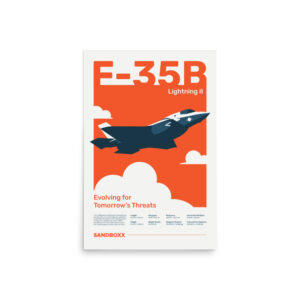
F-35 ‘Evolution’ Poster
$22.00 – $28.00 Select options This product has multiple variants. The options may be chosen on the product page -

A-10 ‘Thunderbolt Power’ Framed Poster
$45.00 – $111.00 Select options This product has multiple variants. The options may be chosen on the product page

Sandboxx
The editorial team at Sandboxx.
Related to: Airpower
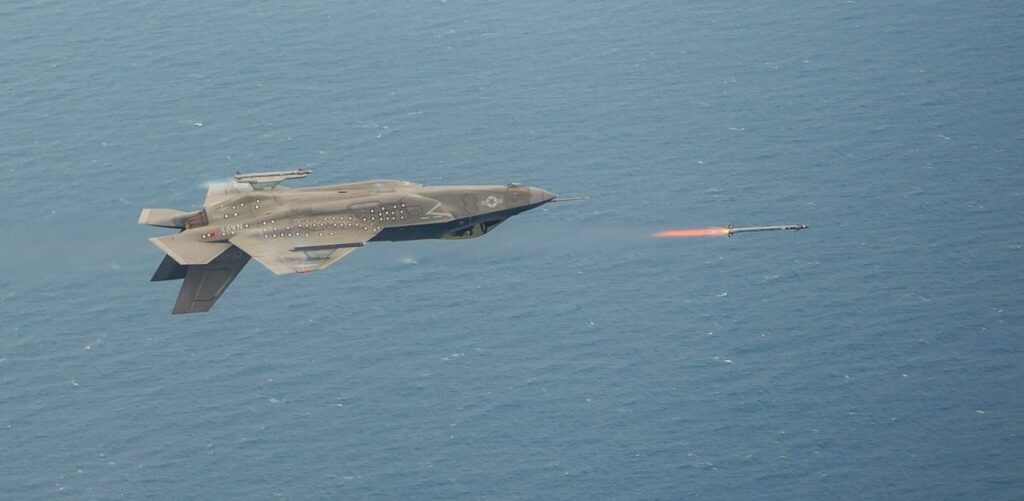
The gravity of the situation: How to fly a fighter upside down
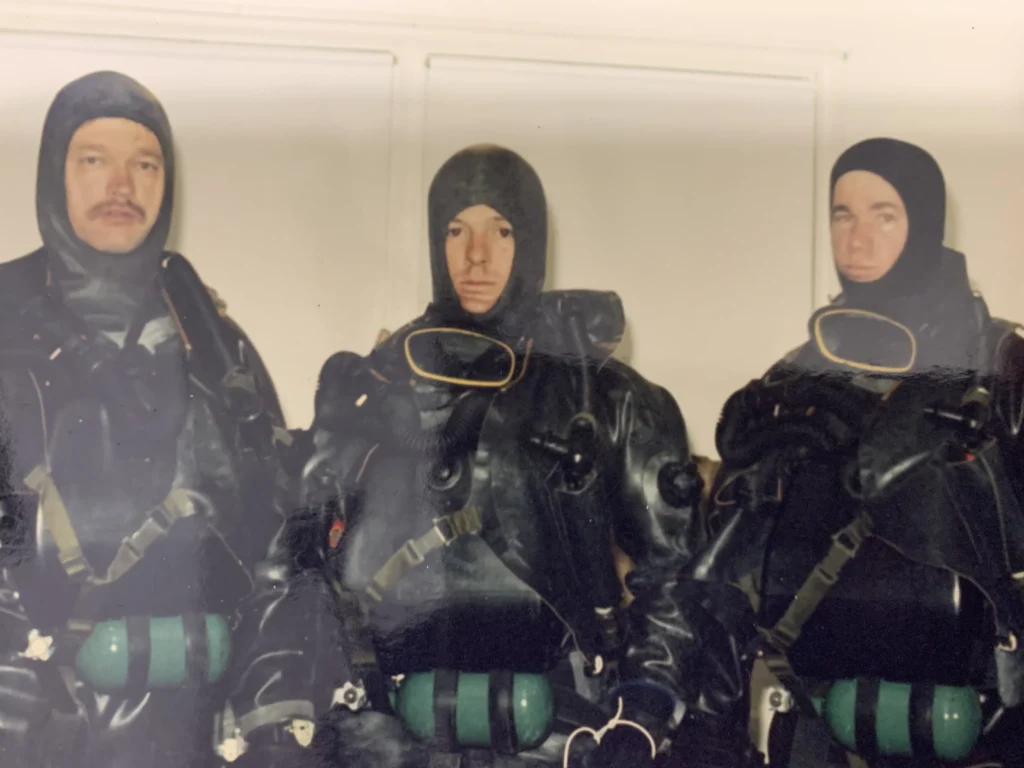
Airborne adventures with a Green Beret Combat Dive Team

Legendary US Army Ranger William ‘Doc’ Donovan achieves very rare special operations honor
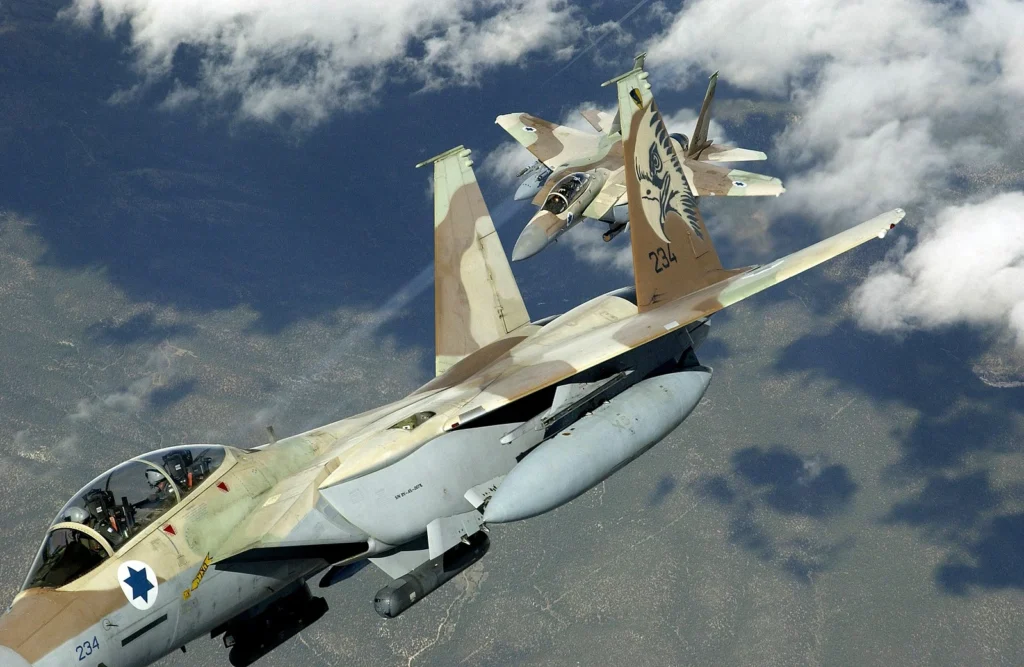
Sandboxx News
-

‘Sandboxx News’ Trucker Cap
$27.00 Select options This product has multiple variants. The options may be chosen on the product page -

‘AirPower’ Classic Hoodie
$46.00 – $48.00 Select options This product has multiple variants. The options may be chosen on the product page -
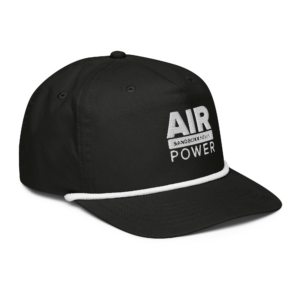
‘AirPower’ Golf Rope Hat
$31.00 Select options This product has multiple variants. The options may be chosen on the product page -

‘Sandboxx News’ Dad Hat
$27.00 Select options This product has multiple variants. The options may be chosen on the product page
